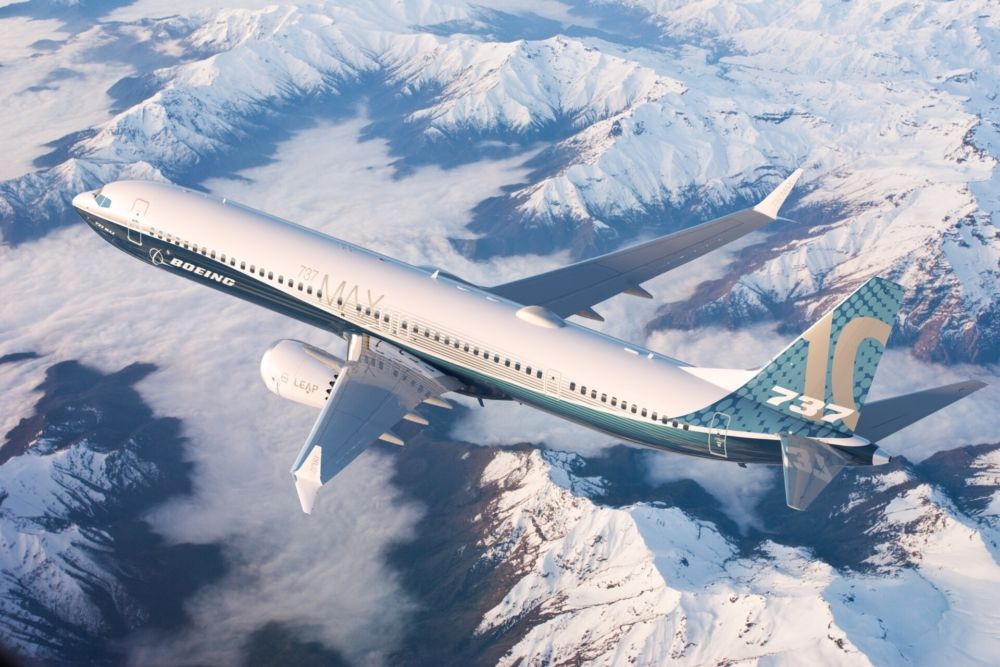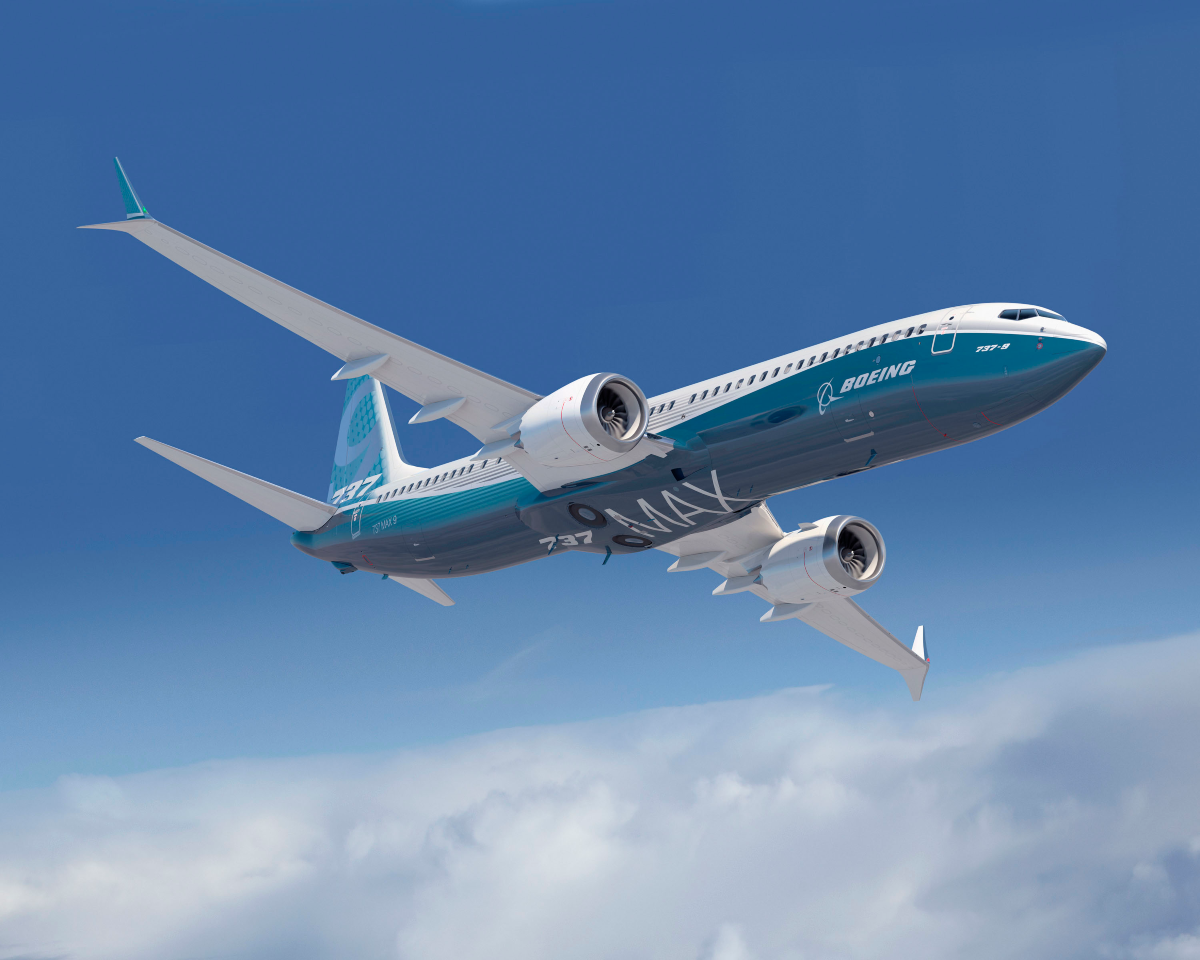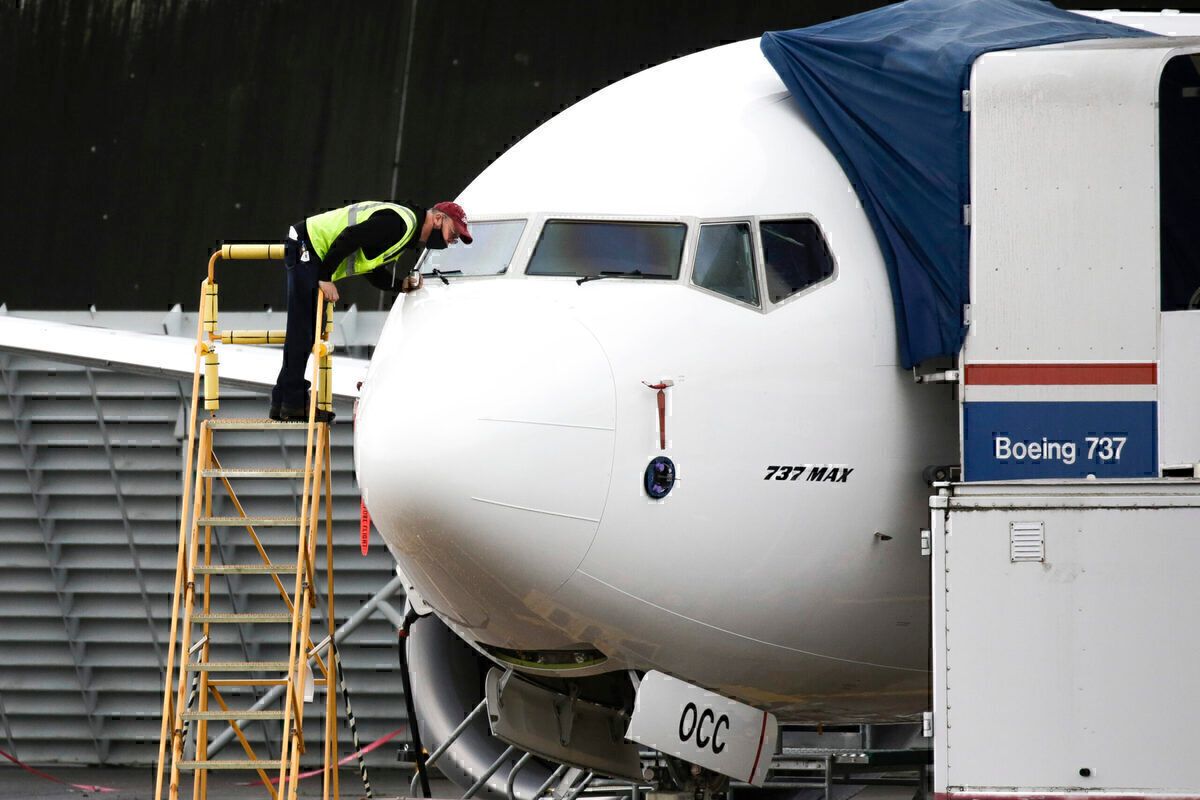The US Federal Aviation Administration has warned Boeing that the certification for the upcoming Boeing 737 MAX 10 is unlikely to be completed by the end of the year. In a letter obtained by The Seattle Times, the agency questioned Boeing's timelines for certifying both the MAX 10 and the 777-9X jets and asked the planemaker to provide updated schedules for both programs.
What the certification means for Boeing
The FAA doubts whether the Boeing 737 MAX 10 plane will manage to meet directives drawn up by the Congress of the United States in 2020, which reformed how the FAA certifies new planes and imposed new safety standards for flight deck alerts.
The certification, made by the Federal Aviation Administration (FAA), declares that an aircraft is safe to fly passengers. If Boeing misses that upcoming cutoff date, then the MAX 10 cannot be certified unless it can convince Congress to extend a special exemption from a safety regulation that has historically been waived for members of the 737 line. Boeing has received orders from 12 carriers for a total of 673 MAX 10 units; therefore, any delays could be quite costly for both the manufacturer and the airlines.
The Boeing 737 MAX 10 program
The Boeing 737 MAX 10 is the longest version of the MAX family, launched in June 2017. Since then, the plane made its maiden flight in June 2021 and has been undergoing a flight testing and certification program. The manufacturer previously announced it expects to begin aircraft deliveries in 2023.
Once in service, the 737 MAX 10 is set to hold between 188 and 204 passengers in a two-class configuration. The maximum number of seats available would be 230. It has a range of 3,300 NM (6,110 km) with one auxiliary tank.
Boeing is counting on this, the largest version of the MAX, to reclaim sales from its primary narrowbody rival, the Airbus A321neo.
Initial models are already exempted.
The Aircraft Safety and Certification Reform Act requires any airplane certified after December 31st this year to possess an Engine Indicating and Crew Alerting System, or EICAS, to comply with the latest FAA crew alerting regulation. The 737 is the only Boeing jet that doesn't meet the standard, and previous iterations of the line have been granted waivers based on their exceptional safety history, among other contributing factors.
The crew-alerting system on the 737 MAX is hampered by the original 1960s-era 737 cockpit systems design, which does not meet that standard. Updating the system for just the MAX 10 series has previously been deemed impractical by Boeing as it would require new training pilot training as would cost an estimated $10 billion.
Stay informed: Sign up for our daily and weekly aviation news digests.
Boeing previously persuaded the FAA to relax this specific safety standard during certification of the 737 MAX 8 in 2014, as had done for all prior 737 models. The law was written to require more stringent certification standards for all future new airplanes. However, the agency acknowledged the MAX's ongoing exemption by setting the law to take effect in two years, on January 1st, 2023.
The MAX 10's certification, as initially scheduled, would allow pilots who fly the MAX to move from the MAX 8 or 9 to the 10.
Should Boeing fail to meet the existing deadline or convince Congress to extend the deadline, It could make the jet less compatible with other Max models, requiring additional pilot training and integration issues at receiving airlines.
Source: The Seattle Times



